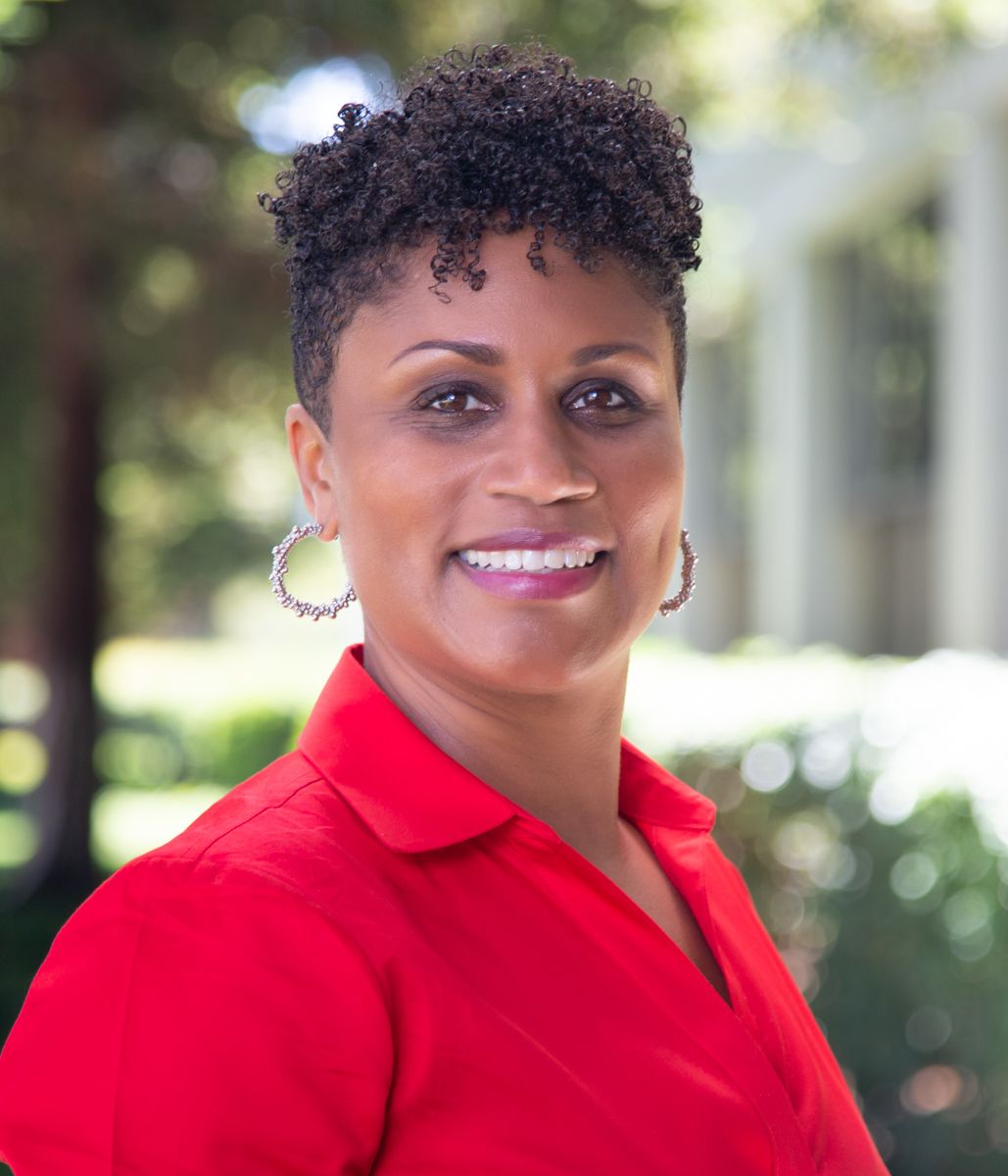Addressing the lack of diversity in clinical trials: Four lessons for healthcare leaders | Viewpoint
The underrepresentation of diverse backgrounds, particularly among Hispanic and Black populations, has led to a skewed understanding of the efficacy of medical treatments.
Clinical trials play a pivotal role in advancing medical research and developing new treatments that can improve the lives of patients worldwide. However, a significant issue that has plagued the healthcare industry for far too long is the lack of diversity in these trials.
Jennifer Jones-McMeans (Photo: Abbott)

The underrepresentation of diverse ethnic and cultural backgrounds, particularly among Hispanic and Black populations, has led to a skewed understanding of medical treatments' efficacy and safety across different demographics.
The U.S. Food & Drug Administration (FDA), the National Institute on Minority Health and Health Disparities (NIMHD) and the New England Journal of Medicine have all recognized and acknowledged the pressing need to address this disparity. According to the FDA, although nearly 40% of the U.S. population is composed of people from diverse backgrounds, Hispanics and Blacks make up only 5% of clinical trial participants. This glaring discrepancy raises concerns about the effectiveness and applicability of medical advancements for underrepresented populations.
As healthcare executives, it is our responsibility to take the lead in rectifying this disparity. The lack of diversity in clinical trials has far-reaching consequences for our patients, our organizations and the healthcare industry as a whole.
To address this issue effectively, we can learn valuable insights from successful initiatives to increase diversity in trials and improve care among underrepresented populations.
Lesson One: Building strategic partnerships, a cornerstone for success
One of the key learnings from Abbott’s Diversity in Research Office is the importance of building strategic partnerships. Collaboration with community organizations, advocacy groups and healthcare institutions that serve diverse populations is crucial for recruiting a more representative pool of clinical trial participants.
In the first year of the program, Abbott established a Diversity in Clinical Trials Medical Advisory Board comprised of external experts, an internal steering committee and has focused on increasing diversity enrollment in the company's own clinical trials. Through $5 million in grants, the company also sponsored more than 300 scholarships at the four HBCU medical schools and the National Black Nurses Association and National Association of Hispanic Nurses to support future leaders of clinical research.
These partnerships help build trust within communities that have historically been skeptical of medical research due to a long history of mistrust and societal barriers.
Lesson Two: Addressing barriers in participation
To increase diverse participation in clinical trials, addressing the barriers that hinder underrepresented populations from participating is crucial.
Factors such as lack of access to trials, trust of those leading the trial, language barriers and a lack of understanding of the importance of clinical research can discourage potential participants from enrolling. By investing in outreach programs and educational campaigns, we can begin to break down these barriers.
If healthcare leaders engage with communities and tailor recruitment strategies to meet their unique needs, we can enhance participation rates and ensure a more diverse representation in the clinical trial ecosystem.
Lesson Three: Empowering healthcare providers to promote diversity
Healthcare providers play an important role in patient care and can significantly influence their patients' decision to participate in clinical trials. Healthcare organizations need to consider investing in training and empowering healthcare providers to become advocates for diversity in clinical research.
Clinical research coordinators within healthcare clinics, doctor's offices and hospitals are essential to the success of clinical trials. They are key to improving the diversity of the trials because they serve as a central point of contact for patients, their families and the investigating physician leading the trial.
Offering training to clinical research coordinators with diverse backgrounds will address another key barrier for potential study participants. Educating providers about the importance of inclusive trials and providing them with resources to discuss research options with their patients can make a substantial difference in enrollment.
Lesson Four: Cultivating an inclusive research environment
To attract and retain a diverse pool of participants, cultivating an inclusive research environment benefits trial participants and the trial results. This means creating a culture that values diversity, equity and inclusion throughout the entire clinical trial ecosystem.
Involving a diverse perspective in study design, data analysis and decision-making, we can ensure that the results of clinical trials are more broadly applicable and beneficial to all.
Jennifer Jones-McMeans is divisional vice president of global clinical affairs for Abbott's vascular business.
Children’s Minnesota CEO talks about acting, reacting, and focusing on health equity
March 19th 2025After leading the pediatric system for more than seven years, Dr. Marc Gorelick is retiring this summer. He talked with us about navigating the pandemic, adapting to change, and why he’s focused on closing disparities.
Telehealth faces a looming deadline in Washington | Healthy Bottom Line podcast
February 12th 2025Once again, the clock is ticking on waivers for telemedicine and hospital-at-home programs. Kyle Zebley of the American Telemedicine Association talks about the push on Congress and the White House.